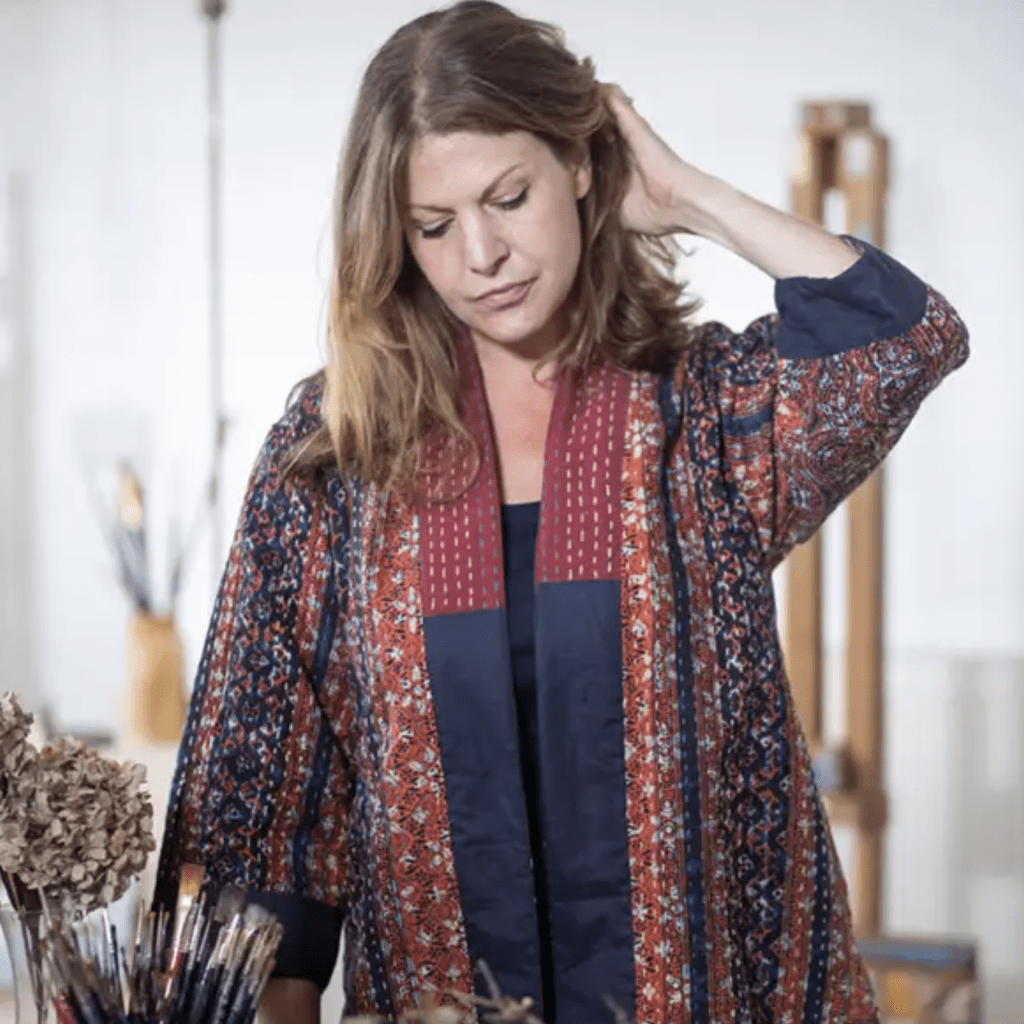THE HISTORY OF BOHO STYLE (AND WHY IT IS STILL POPULAR)
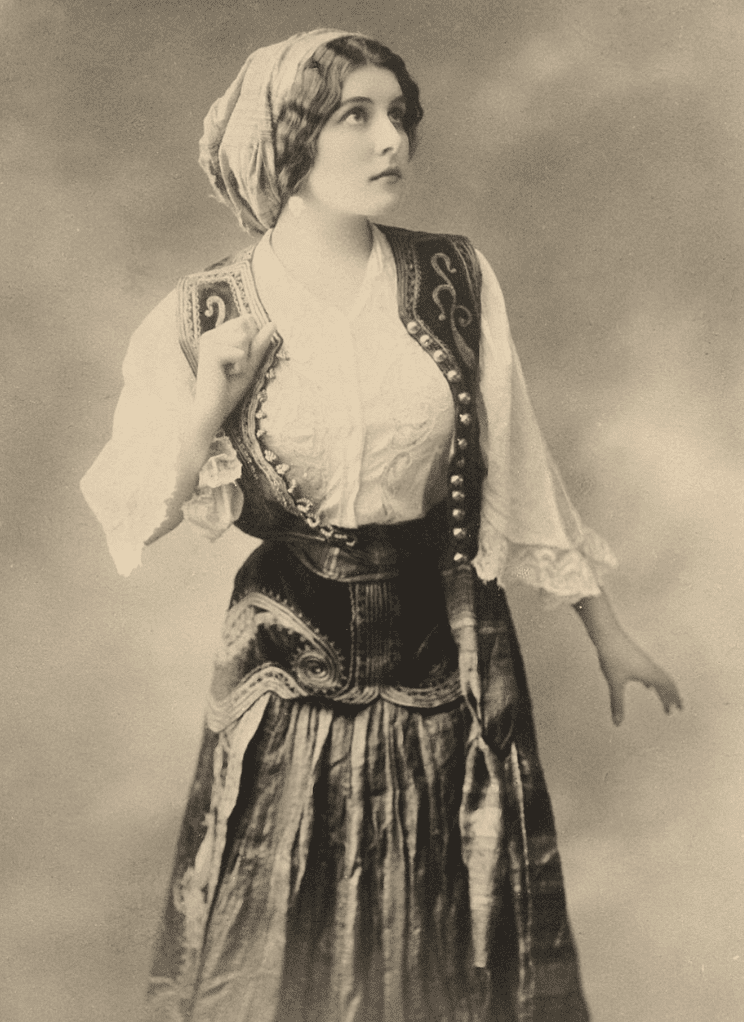
When we design here at Indigowares, our first goal is to create timeless clothing. It’s one of the core elements of slow fashion – investing in high quality style that will last in your closet for a long time and stay out of the landfill.
Of course, that timelessness is found when a fashion trend endures. When it came to our new artisan dresses, we knew a bohemian lifestyle would be at the heart of these designs. We share our connection to natural materials and the earth with the hippie movement after all. You can even read about the connective lines between our tie dye patterns, historic indigo Shibori dyeing techniques, and the eventual use of all these things in hippie style in the 1960s.
When it comes to a modern fashion trend, all of this is often referred to as boho style, or boho chic. Think bare feet with a flowing maxi dress. Loose layers that throw back to Janis Joplin. Bright colours in a natural pattern.
What makes this modern boho trend endure? History, of course. Let’s take a look at what led us to the current bohemian look.
Where does the boho style come from?


Bohemian style has a few different supposed origins.
Some say that bohemian fashion can be traced back to 19th century France, emerging as a counterculture after the French Revolution. ‘Boho’ was actually a reference to the unfashionable or old clothing worn by artists and creatives who became impoverished during that time, and had to embrace a nomadic lifestyle.
Bohemian style has a few different supposed origins.
Some say that bohemian fashion can be traced back to 19th century France, emerging as a counterculture after the French Revolution. ‘Boho’ was actually a reference to the unfashionable or old clothing worn by artists and creatives who became impoverished during that time, and had to embrace a nomadic lifestyle.
After this, the romantic movement of the late 18th century embraced the more eccentric side of the arts. Rather than just a skill, the idea of artists as wayward beacons of inspiration emerged from the previously nomadic necessity, making bohemian style just another part of expressing this. The artist was inspired, intellectual, wild, and boho clothing let us know just that!
Others attribute boho fashion to the actual inhabitants of Bohemia, the western region of the Czech Republic. You may have even heard this style being casually referred described as ‘gypsy’ aesthetic; it’s important to know that ‘gypsies’ actually refers to the ethnicity of the Romas, a nomadic culture whose roots were considered to be from Bohemia by the French people (even though they are actually traced back to northern India).
With these origins, the word ‘bohemian’ made its way to the english language to mean someone who lives a life that doesn’t conform. This is why bohemian style could easily be mistaken for hippie fashion – the hippie movement sprung from a desire to challenge mainstream values and materialism in favour of natural living and freedom. The difference between the two is slight in that hippie fashion also spring from political ideals. Before the hippie movement, traces of Boho fashion and sentiment could also be found in the nomadically artistic beatnik culture, which became visible in 1950s America.
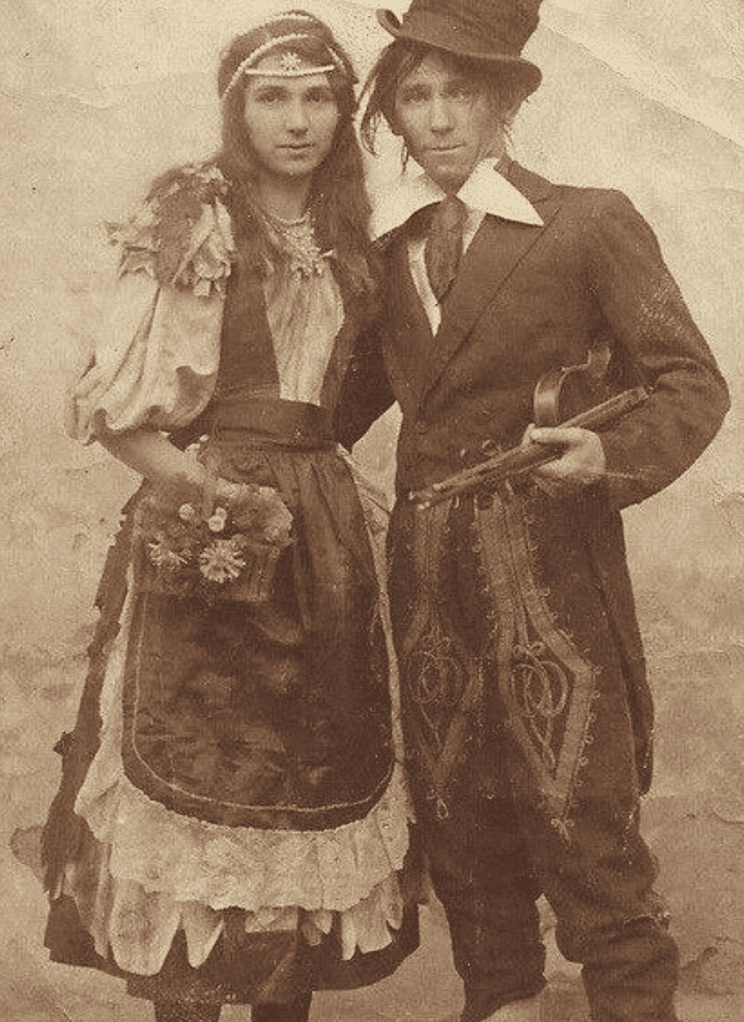

20th Century Boho
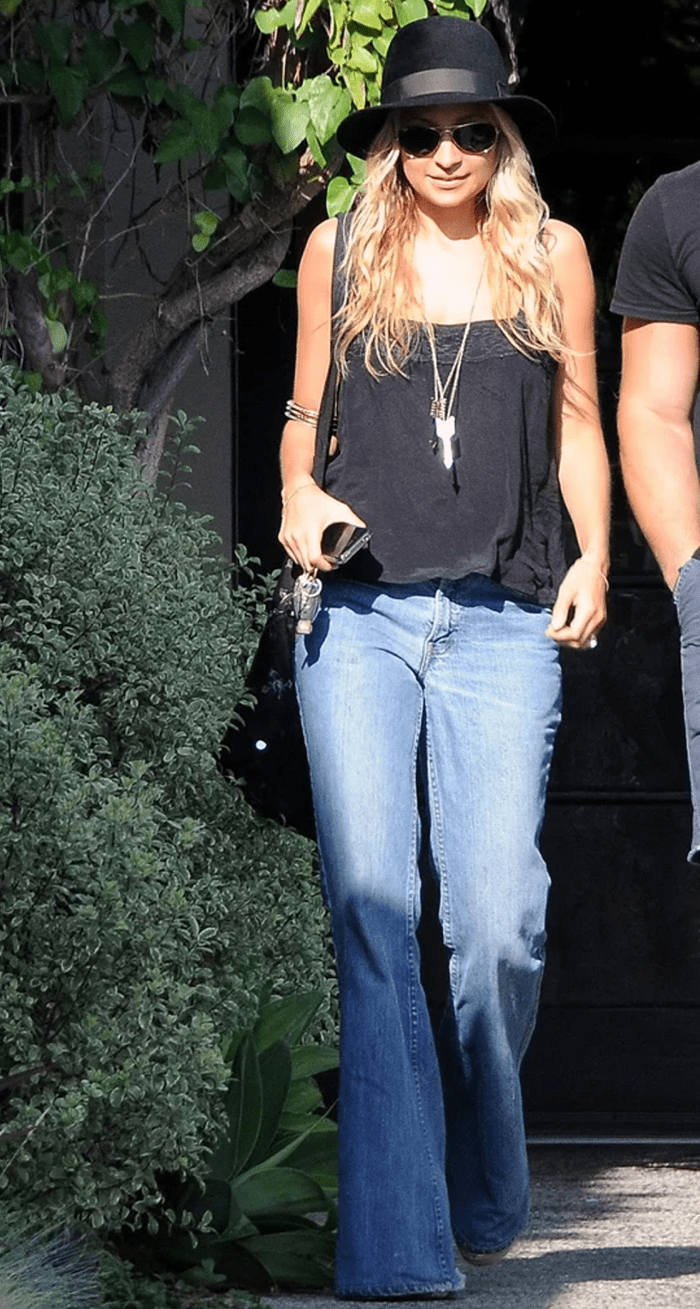



During the 20th Century, an aesthetic that began as a rebellion or even a a nomadic convenience became a chic style. ‘Boho chic’ solidified itself as a recurring trend as it reemerged in the early 2000s. It was visibly revived by celebrities like Sienna Miller, Nicole Richie, and Mary Kate Olsen, often in a fleetingly trendy way with icons like flared jeans or crocheted tops paired with a maxi skirt.
While the trendiness of boho style could contribute to fast fashion if discarded, Boho has made its way back onto runways this season in a few meaningly sustainable ways! You can see one example here in Etro’s SS 22 collection, where designer Veronica Etro uses natural dyes, vegan materials and ethical local production wherever possible. This is of course combined with cruchet, patchwork and embroidery to create a bohemian revival.
Or take Gabriela Hearst of Chloé, who collaborated with Navajo weavers Naiomi Glasses and TahNibaa Naataanii for her own SS 2022 collection. This collection follows the philosophy that’s closest to our hearts, which is showcasing the global history, inspiration, culture, and artisans behind the craft.
There are many people drawing from the bohemian style for their inspiration, but we think it is done best when they include the ethos of natural material and sustainable practices – that means wearing the trend will have the lasting impact of challenging fast fashion and being kinder to our planet!
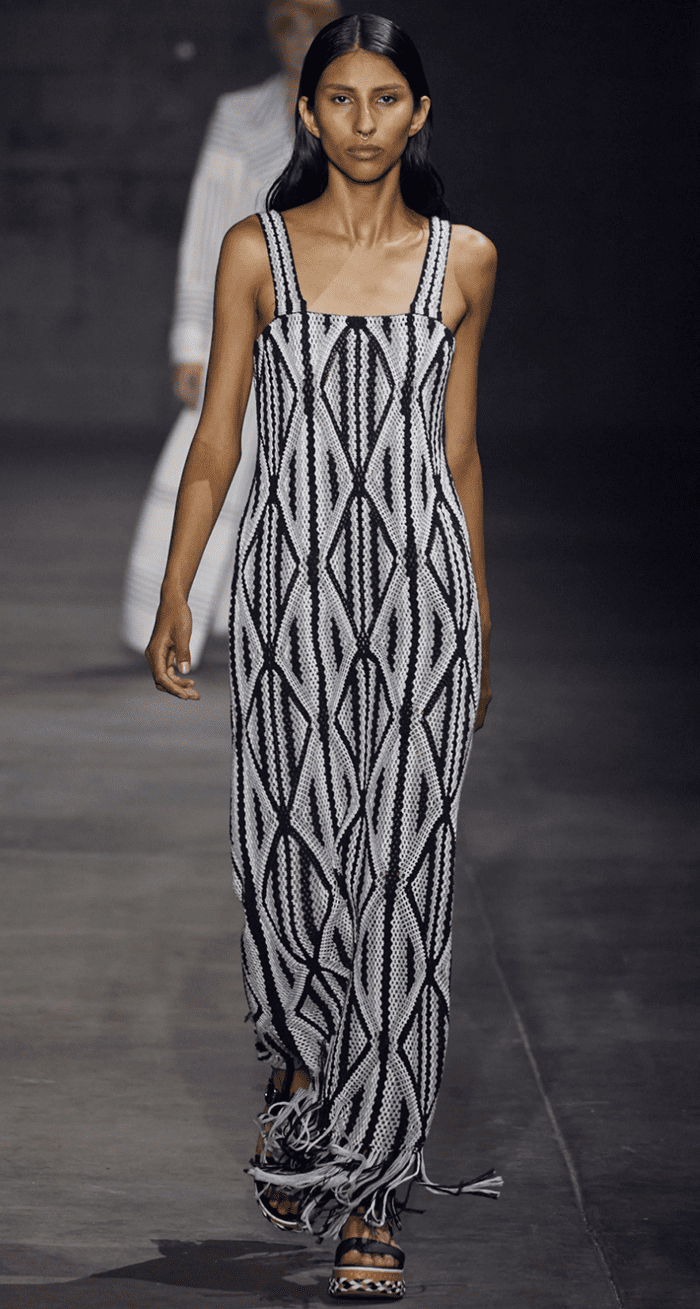

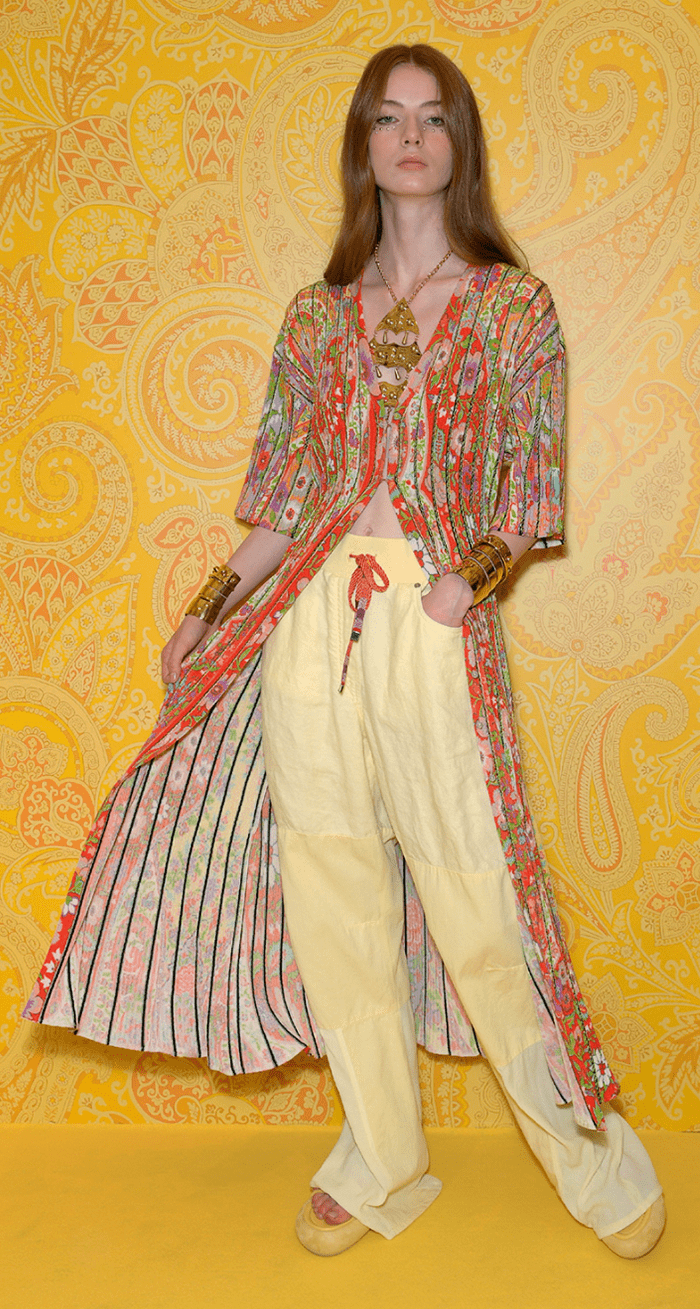

Boho Style at Indigowares
If you’re interested in the look of vintage textiles or authentic bohemian clothing, we have just the thing.
Our kantha jackets give that Janis Joplin vibe, and follow the ethical production practices that are at the heart of Indigowares. Kantha textiles originate in Bengali culture, and are created through a traditional practice where recycled materials like stacked saris are stitched together into beautiful, colourful quilts. These quilts can often be seen in bohemian decor, where they add bright colors to any interior design.
We don’t let this practice stop at the home decor though! Indigowares partners with makers in India to create kantha jackets out of these vintage quilts, so you can wear these traditional treasures wherever you go. They are perfect for warmth and layering, as the piles of quilted fabrics can be light enough to keep off a breeze, or heavy enough for the winter chill.
